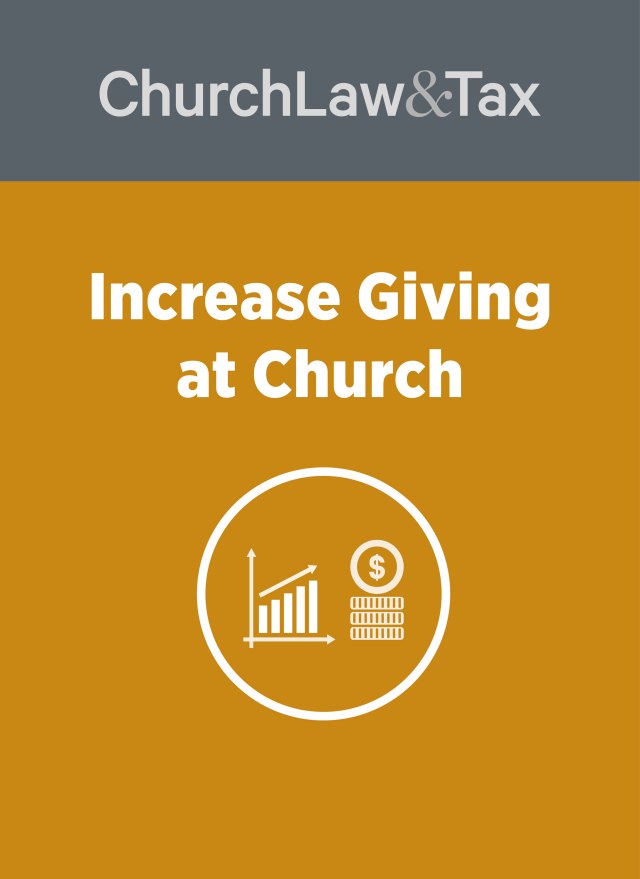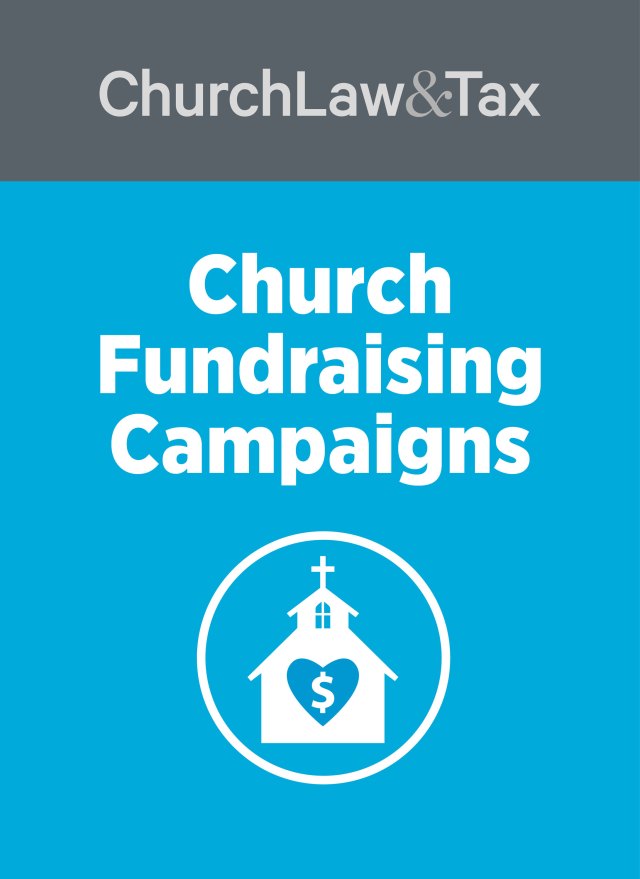If money coming in to a church is down, should the church take on an ambitious ministry that requires special fundraising? Or take on a capital campaign to build a new building?
At least three experts offer a qualified “yes.” They may be your church’s avenue to spiritual growth during a difficult period of time.
And don’t shy away from asking for large donations. Just make certain you know how to ask.
A new view of money
Brian Kluth, a pastor and author of the book, 40 Days Spiritual Journey to a More Generous Life, says challenging economic circumstances mirror the time of Haggai.
“God allowed some cold economic winds to blow,” Kluth says, “and his message was ‘It’s time to consider your ways.’ The people had made generosity a low priority, while spending lavishly on their own things.”
For more than 40 years, giving to churches has declined, good economic times or bad. If a church finds itself facing tough circumstances, “this is a time to call all people back to giving to God as their top financial priority,” Kluth advises.
Kluth points out that the economic status of most households falls into one of four categories: surplus, stable, struggling, and sinking. Those who are fighting to stay above the tide of debt get the most news coverage, and, appropriately, they may need emergency aid and decisive teaching by the church.
But the newly unemployed and the potentially homeless aren’t the only ones who can benefit from a new view of money. So can the rich, even if they aren’t as rich as they have been.
“Because we have some families who are struggling doesn’t mean we should pull back from the Lord’s work,” Kluth warns. That’s why church leaders and members need to understand where the money for capital campaigns usually comes from, and its impact on giving.
Giving shows spiritual maturity
Money tithed each week to a church usually comes from personal income. This is the source of systematic giving (often after the givers engage the debate over tithing from the net or the gross income). In contrast, the giving to capital projects, whether buildings, ministries, or funding for new staff, more often comes from personal assets, especially the larger gifts. These designated funds from stock sales, jewelry, and property lead the tally in what Kluth calls spontaneous giving.
While some might disagree, most involved with church finances say a capital campaign usually will not draw money away from the operating budget, because large gifts come from different “pockets.”
“The guy who gives thousands of dollars for a capital campaign is not going to put it in the general fund. He’s not going to put it in the missionary fund or the kids’ camp scholarship,” Kluth says. “He’s going to put it into bricks and mortar, or in whatever he sees value.”
Two teachings are important: Average churchgoers should understand that people who give to the general fund will be moved to draw on special resources for projects that move their hearts. And people of means, in particular, need a better understanding of the purpose of their wealth, even if those assets have declined in value.
“If you’re talking with someone who recognizes that everything they have belongs to God and is to be used for his glory,” observes Tom Burggraf, “then you’ve got someone with whom you can seek God’s heart.”
In other words, you can ask them to consider giving from the assets God has given them. “It’s always a teaching moment when we are seeking God together for what he would have them do,” says Burggraf, a bivocational pastor.
Giving—both systematic and spontaneous— is a measure of spiritual maturity.
Cultivate the relationship
Asking for money is scary, especially for pastors. “We don’t want to shrink back from what God has laid on our hearts, but we don’t want to create distance between the potential donor and their pastor or church,” Burggraf says. In Burggraf’s day job, he serves as vice-president of institutional advancement for a college. He is responsible for the school’s multimillion dollar capital campaigns and for relationships with donors. In both secular and church settings, he says, relationships are key.
“It’s a level of relationship that requires depth, rather than just looking at our goal and the dollars needed to succeed,” he says. “If all we do is talk about what the institution does and why that is important, that’s not the essence of a relationship. If we can get to know people and what’s important in their lives and what moves their hearts, then we can better serve them by approaching them only about those projects that resonate with what’s important to them.”
In other words, discover their passions. We discover those passions by asking and by listening. “In relationships with major donors of the college, I ask about the experiences in their lives that have been formative and transforming,” Burggraf says. “People talk about what they’re passionate about.”
Helping people of means get connected to their passions, then connecting them with giving opportunities in that field is a neglected aspect of ministry in many churches.
“Pastors shy away from relationships with people of wealth,” Kluth says. “If someone has the gift of teaching, we allow them to teach, but if someone has the gift of giving, we ignore them? No. We connect them with others who share the passion.”
How to ask
At some point, the conversation must turn to the church’s vision for its new project, and especially the intersection of the giver’s passion and the church’s mission. Testimonies from other donors and stories from people who will benefit from the new project help communicate the value of the work, but the “ask” is the pastor’s responsibility, according to fundraising expert Bill Dillon of People Raising.
Dillon recommends pastors lead the way because they are closest to the vision and most likely to have cultivated relationships with most of the congregation. “There is fear in asking,” he says, “but people can learn to ask.” Dillon teaches fundraising to missionaries and parachurch leaders, in addition to raising funds for his own ministry. Like the others, he says securing large contributions grows from building and deepening relationships.
Here are his recommendations:
- Meet individually with potential donors. Rather than passing out pledge cards in a group setting (such as a worship service), ask for pledges in one-on-one meetings. Avoid “making an announcement from the pulpit.” Nothing is more effective than a personal invitation to participate.
- Be specific about the size of the gift. Base the number on what you know about the donor’s lifestyle, rather than rumors about their church contribution record.
- Suggest a gift range. For example, “We need five people to give between $25,000 and $50,000 before Thanksgiving.”
- Slow the discussion before the mention of money. Dillon likens the flow of the conversation to a basketball game, where the players move the ball quickly from one end of the court to the other, but intentionally slow down before aiming for the hoop.
- Make the appeal spiritual, but not manipulative. Say, “This is what the Lord has asked us to do. We’re looking to find who God has in place to make this ministry happen.” This allows potential donors to assess honestly whether they are called to participate in this project or something that better aligns with their God-given passions.
- Be clear in the asking. “Too many times, the donor doesn’t know he’s been asked to make a commitment,” Dillon says. Rather than asking the donor to make a pledge later, ask, “Do you believe God is leading you to join us in supporting this project?”
Thoughtful timing
Knowing when in the conversation to make the appeal is more art than science. Burggraf recommends watching body language and listening carefully for verbal cues.
When the donor begins to include himself in the project, saying “our” instead of “your,” proceed to explain the giving opportunity. The person will give what Burggraf calls “unspoken permission.”
“If we truly have a relationship of respect, we’ve got to listen for permission,” he says, concluding that larger gifts require greater sensitivity. Given the current economy, he recommends alertness to possible changes in the donor’s financial situation. “People may want to give, but they may need a longer time to fulfill a commitment,” Burggraf says. “Currently it may take longer for gifts with more zeroes and more commas to come in, because they are usually gifts of assets.
“First, we agree on their passion for the mission, then their commitment to the project. Finally, we make plans for giving, possibly phased over several years with modest installments at the beginning.”
And always, Burggraf adds, spend time on the relationships. “Philanthropy, the word itself, means ‘loving people.’ When we help people give large gifts to help other people, that’s what we’re doing: loving people.”





